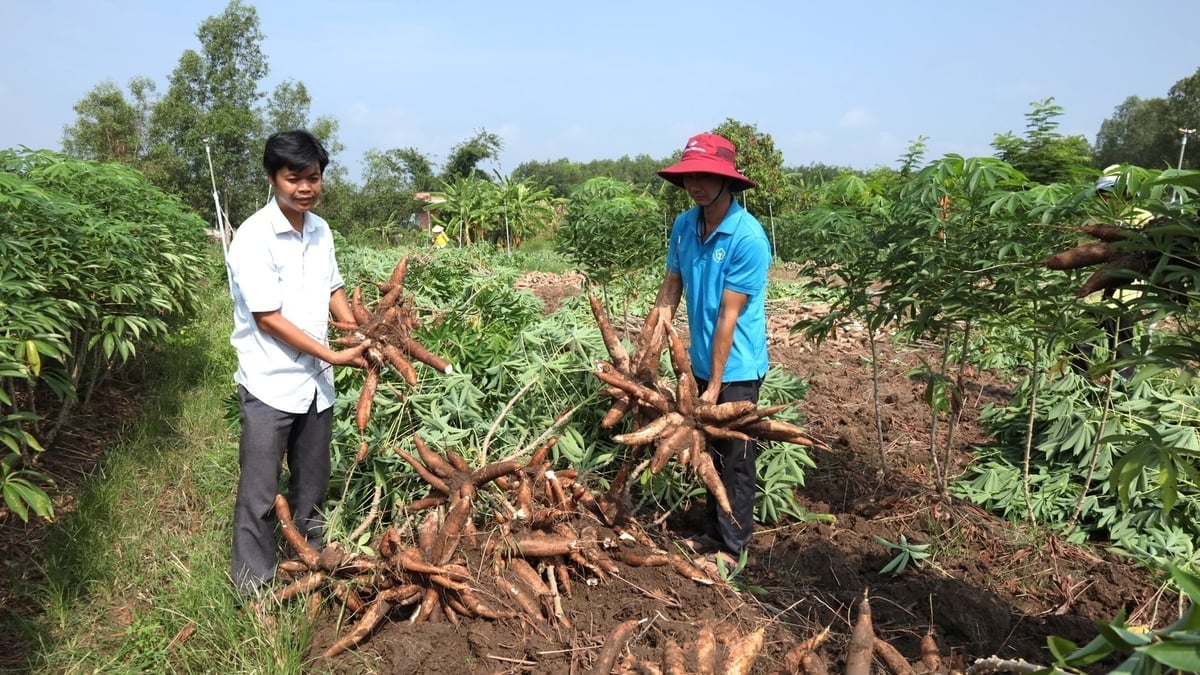
Enter photo caption
On November 4 in Lam Son commune, Thanh Hoa province, the National Agricultural Extension Center coordinated with the Institute of Food Crops (Vietnam Academy of Agricultural Sciences) and the Department of Agriculture and Environment of Thanh Hoa to organize a workshop to discuss solutions to improve the efficiency of the sustainable cassava production value chain.
According to Mr. Hoang Van Hong - Deputy Director of the National Agricultural Extension Center: Cassava is one of the crops included in the list of national key crop products, playing an extremely important role in the development of agricultural and rural economy , contributing to improving people's lives.
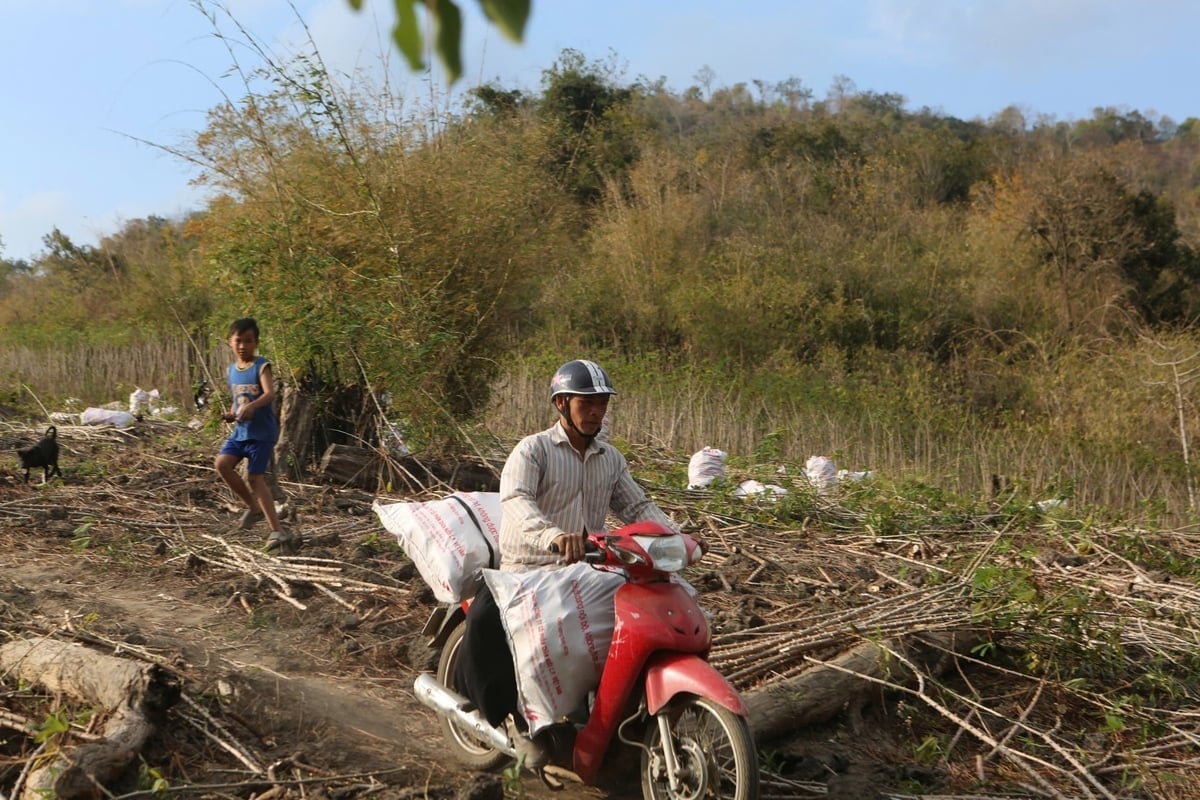
Thanh Hoa farmers harvest cassava to sell to Phuc Thinh Cassava Starch Factory. Photo: Thanh Tam.
Cassava production in Vietnam has always maintained a stable area of over 500,000 hectares with an output of 10 - 10.7 million tons of fresh tubers per year. Cassava starch and cassava chips are becoming one of the 7 important export products of our country, bringing in an export turnover of 1.4 - 1.5 billion USD/year, ranking 2nd in the world in cassava product exports after Thailand.
Currently, the country has about 140 cassava starch processing factories with a total designed capacity of 13.4 million tons of fresh tubers/year, and a total actual capacity of 9.3 million tons/year. Most of the factories are well invested and are in the process of updating and improving cassava product processing technology.
Besides the achieved results, the cassava industry still faces many difficulties and challenges such as weak linkages between cassava farmers and processing factories; scattered and small-scale production; degenerated cassava varieties; cassava mosaic disease is still a serious threat, causing reduced productivity and quality; processing technology and application of science and technology are not uniform among regions... Meanwhile, market requirements are increasingly high in terms of quality, traceability, safety and green development.
The workshop is an opportunity for managers, scientists, businesses and farmers to exchange, share experiences, connect in the value chain from production, processing to consumption, and propose specific solutions to improve efficiency and develop the cassava industry in a sustainable direction associated with the Project on sustainable development of the cassava industry to 2030, vision 2050 approved by the Ministry of Agriculture and Rural Development (now the Ministry of Agriculture and Environment) in Decision No. 1115/QD-BNN-TT dated April 17, 2024.

Representatives of cassava growers attending the workshop. Photo: Thanh Tam.
Mr. Dinh Cong Chinh, Deputy Head of the Food Crops Department - Department of Crop Production and Plant Protection (Ministry of Agriculture and Environment) said that according to the Project on developing the cassava industry to 2030, with a vision to 2050, the Ministry of Agriculture and Environment determined to develop the cassava industry in an effective - sustainable - modern direction, closely linking production and consumption of cassava on the basis of taking enterprises as the center, cooperatives and cooperative groups as the bridge, and farmers as the production subjects.
The target by 2030 is to stabilize the cassava growing area at 480 - 510 thousand hectares, with fresh root output reaching 11.5 - 12.5 million tons, of which fresh cassava output used for deep processing of some products (starch, ethanol, MSG, etc.) accounts for about 85%; the cassava growing area using varieties that meet quality standards reaches 40 - 50%; the cassava growing area applying sustainable farming processes reaches 50%; the export turnover of cassava and cassava products reaches 1.8 - 2 billion USD, aiming for 2.5 billion USD by 2050, while reducing emissions, improving quality and efficiency of the value chain. This is an important orientation to help the Vietnamese cassava industry transform from traditional production to greener, smarter and more sustainable production.
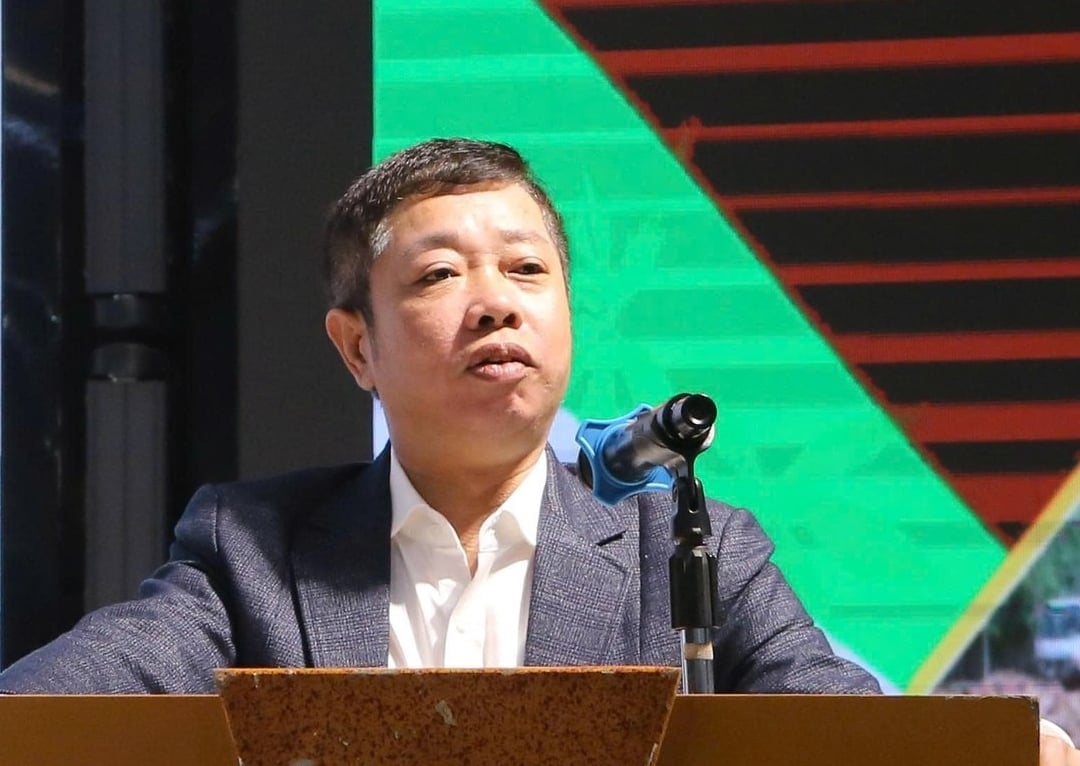
Mr. Nguyen Duc Cuong - Deputy Director of the Department of Agriculture and Environment of Thanh Hoa province discussed at the workshop. Photo: Thanh Tam.
To develop cassava in a sustainable way, localities need to focus on key factors including: planting at the right time, strictly following technical care processes, enhancing soil nutrition, investing in intensive farming and ensuring reasonable irrigation water sources. From there, there are policies to attract and closely coordinate with businesses to orient raw material areas; support the development of cooperatives, cooperatives... to build sustainable links, linking production with processing and product consumption.
At the workshop, delegates focused on discussing a number of contents such as: Orientation for cassava industry development according to the Project for sustainable development of cassava industry to 2030, vision 2050 of the Ministry of Agriculture and Environment; solutions for planning raw material areas, applying science and technology, mechanization and sustainable management; solutions to improve the efficiency of cassava value chain through strengthening the linkage between farmers - cooperatives - enterprises - scientists; developing consumption models, production contracts; promoting deep processing, diversifying products and export markets.
In addition, delegates and people exchanged, shared experiences and introduced pilot models on sustainable cassava production, disease-free breeding, sustainable farming on sloping land, and transfer of technical advances in cassava production...
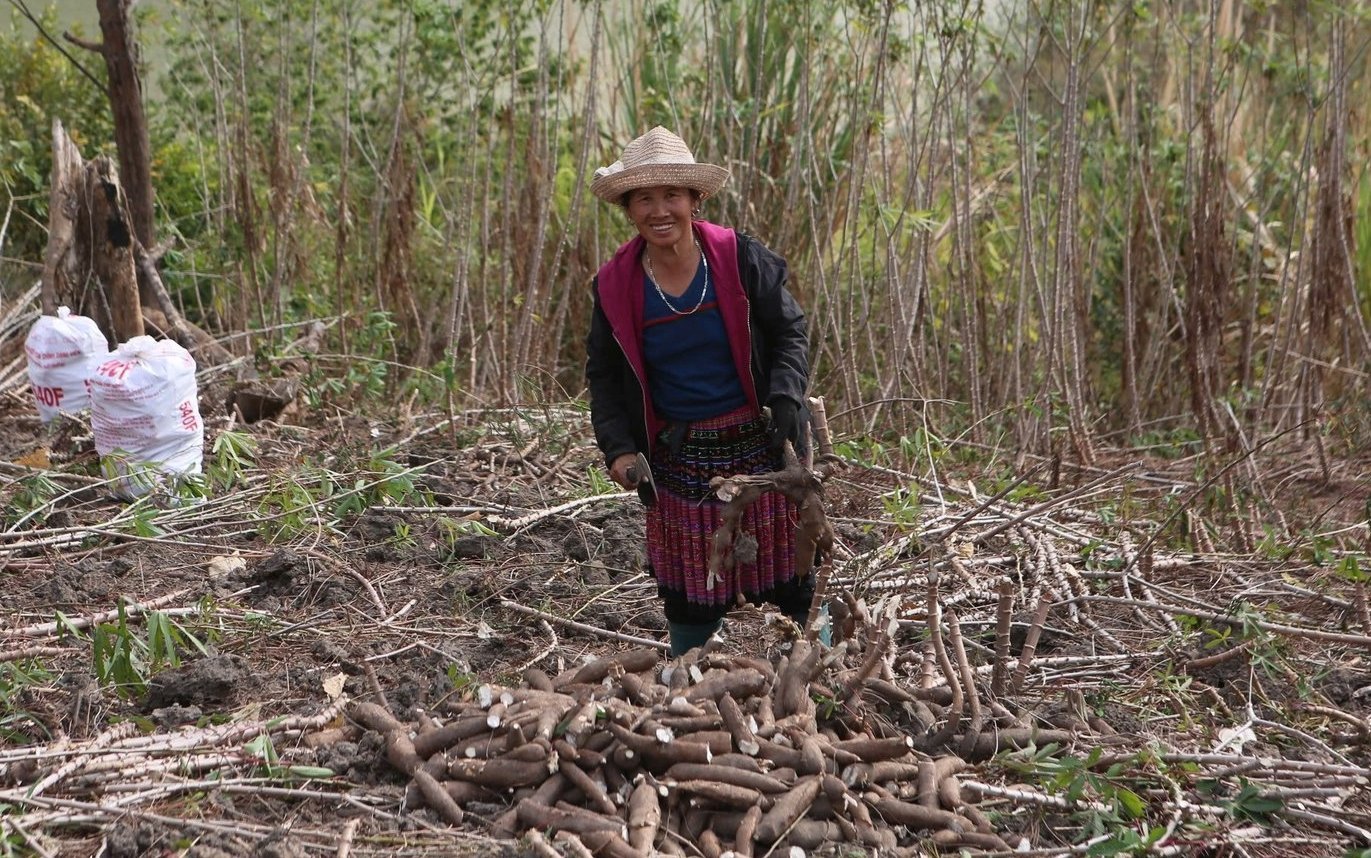
People in Muong Ly commune, Thanh Hoa province harvest cassava. Photo: Thanh Tam.
In the past 5 years, the National Agricultural Extension Center said it has implemented many projects to build and replicate sustainable cassava production models, ensuring productivity and quality across key cassava growing provinces and cities across the country, and has brought about many positive results.
Sustainable cassava cultivation models, production on sloping land, increase productivity by 10 - 30%, economic efficiency by 15 - 25% compared to mass production. Some new disease-free, high-yielding cassava varieties such as STB1, HN3, HN5, HN97, HN80 have been researched and widely produced...
Along with that, clean breeding processes, cassava mosaic disease prevention processes, and cassava cultivation processes have also been developed and applied in actual production. Localities such as Thanh Hoa, Nghe An, Tay Ninh, and Gia Lai have built an effective "4-house" linkage model, linking raw material areas with processing factories.
Source: https://nongnghiepmoitruong.vn/tim-giai-phap-nang-cao-chuoi-gia-tri-san-xuat-san-d782231.html







![[Photo] Closing of the 14th Conference of the 13th Party Central Committee](https://vphoto.vietnam.vn/thumb/1200x675/vietnam/resource/IMAGE/2025/11/06/1762404919012_a1-bnd-5975-5183-jpg.webp)
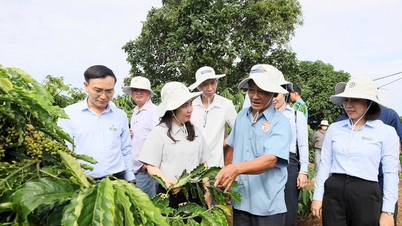









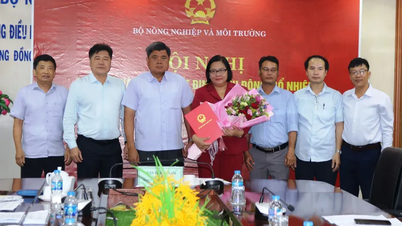



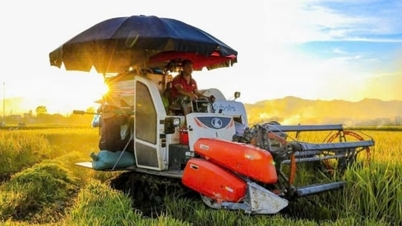

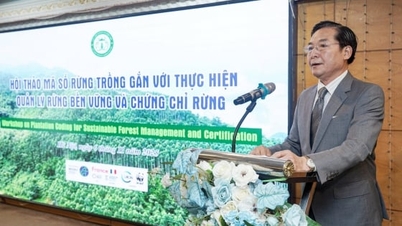







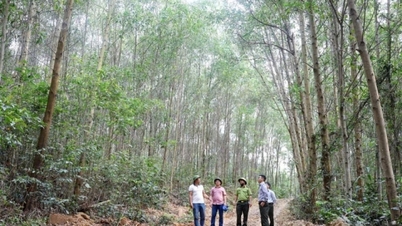

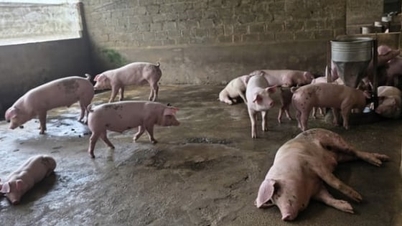



















































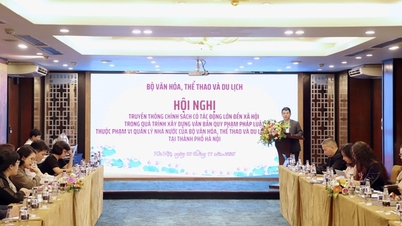






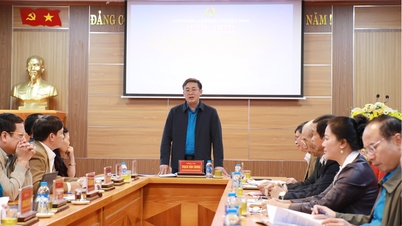



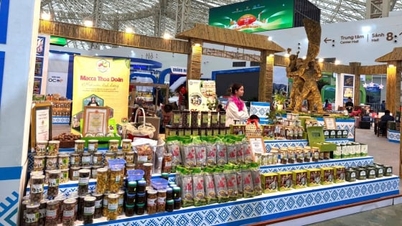












Comment (0)